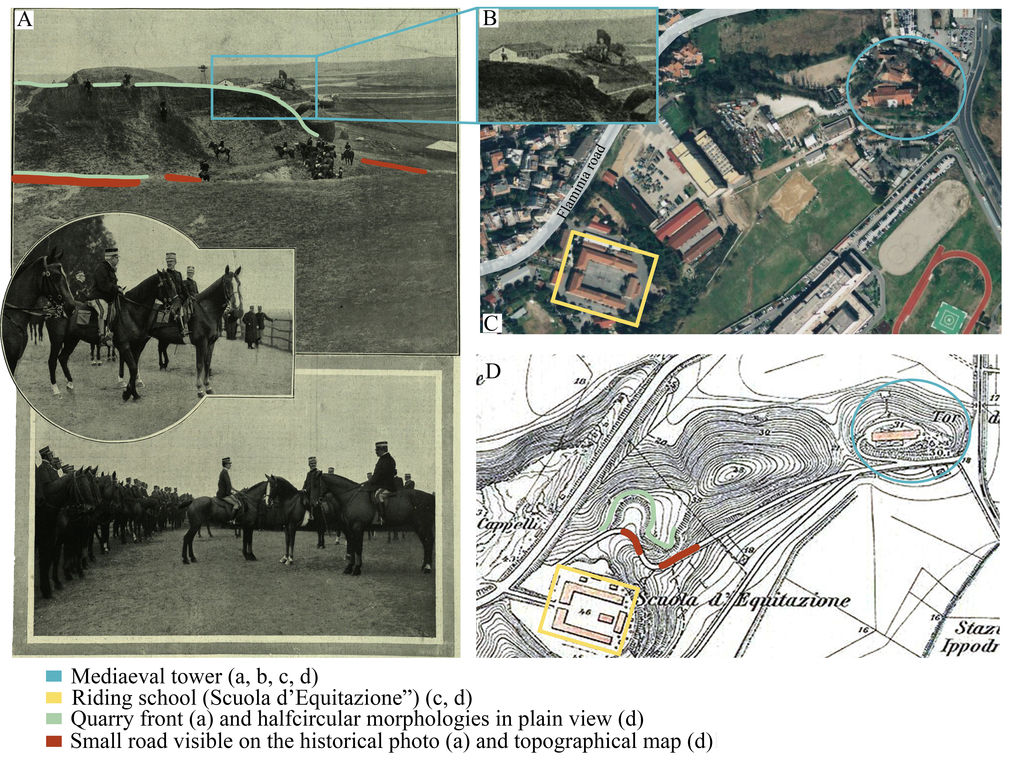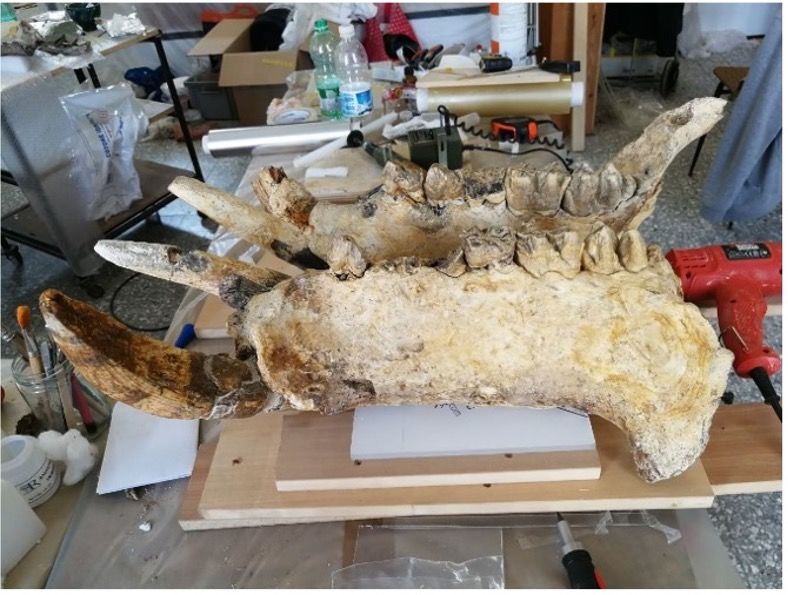
When Rome had hippos
There was a time when the territory of Rome was populated by elephants, hippopotami, rhinoceroses and hyenas, evidence of ecosystems that have disappeared and climatic conditions that are very different from those of today. Fossil remains of mammals have been known since the end of the 19th century and are now the cultural as well as scientific heritage of several museums in the Lazio region, including the Museum of Earth Sciences (Museo universitario di Scienze della Terra - MUST) of Sapienza University of Rome.
A study recently published in the journal PLOS ONE by researchers from the Department of Earth Sciences of Sapienza University of Rome and the Institute of Environmental Geology and Geoengineering of the National Research Council has made it possible to redefine the appearance of the common hippopotamus Hippopotamus amphibius thanks to analyses conducted on a skull found during the first half of the 20th century in the Tor di Quinto area and to date it to around 500,000 years ago.
"The multidisciplinary approach applied to the study of the fossilised hippopotamus skull", says Beniamino Mecozzi of Sapienza University, "has been fundamental in obtaining valuable information about the age of the find and its taxonomic classification. The results allow us to attribute the skull to the species Hippopotamus amphibius and to state with certainty that the find was found at a quarry, named Montanari, operating along the Via Flaminia, which no longer exists. By integrating geological, sedimentological and cartographic data, we were able to estimate the age of the find".
The spread of the common hippopotamus in Europe is intimately linked to the climatic and environmental changes that have taken place over the last 800,000 years, particularly during the so-called Early-Middle Pleistocene Transition, a period in which the extinction of many species that lived during the Quaternary period as well as the appearance of modern forms, such as deer, wild boar, fallow deer and wolves, is recorded.
The study of the hippopotamus skull, identified as a male individual approximately 22-24 years old, is part of an extensive restoration project of the large mammal artefacts on display at MUST.
This work made it possible to remove previous additions made in the 20th century that masked some of the skull's original morphology and to recover sediments still present in some cranial and mandibular cavities.
"The fossils on display at the Museum of Earth Sciences", says Raffaele Sardella of Sapienza, "represent a heritage to be protected and preserved. The restoration of the hippopotamus find, for example, has made it possible to recover, and therefore analyse, the original sediment of the deposit, which is no longer accessible due to the intense urbanisation that characterised the Tor di Quinto district during the 20th century. The results of this work, in addition to their considerable scientific repercussions, offer valuable new information that is essential for conscious and more complete dissemination of the palaeontological heritage housed in our Museum".
References:
Reinforcing the idea of an early dispersal of Hippopotamus amphibius in Europe: Restoration and multidisciplinary study of the skull from the Middle Pleistocene of Cava Montanari (Rome, central Italy) - Beniamino Mecozzi, Alessio Iannucci, Marco Mancini, Daniel Tentori, Chiara Cavasinni, Jacopo Conti, Mattia Yuri Messina, Alex Sarra, Raffaele Sardella - PLoS One 2023. doi: 10.1371/journal.pone.0293405.
Further Information
Beniamino Mecozzi
Department of Earth Sciences
beniamino.mecozzi@uniroma1.it
Raffaele Sardella
Department of Earth Sciences
raffaele.sardella@uniroma1.it





